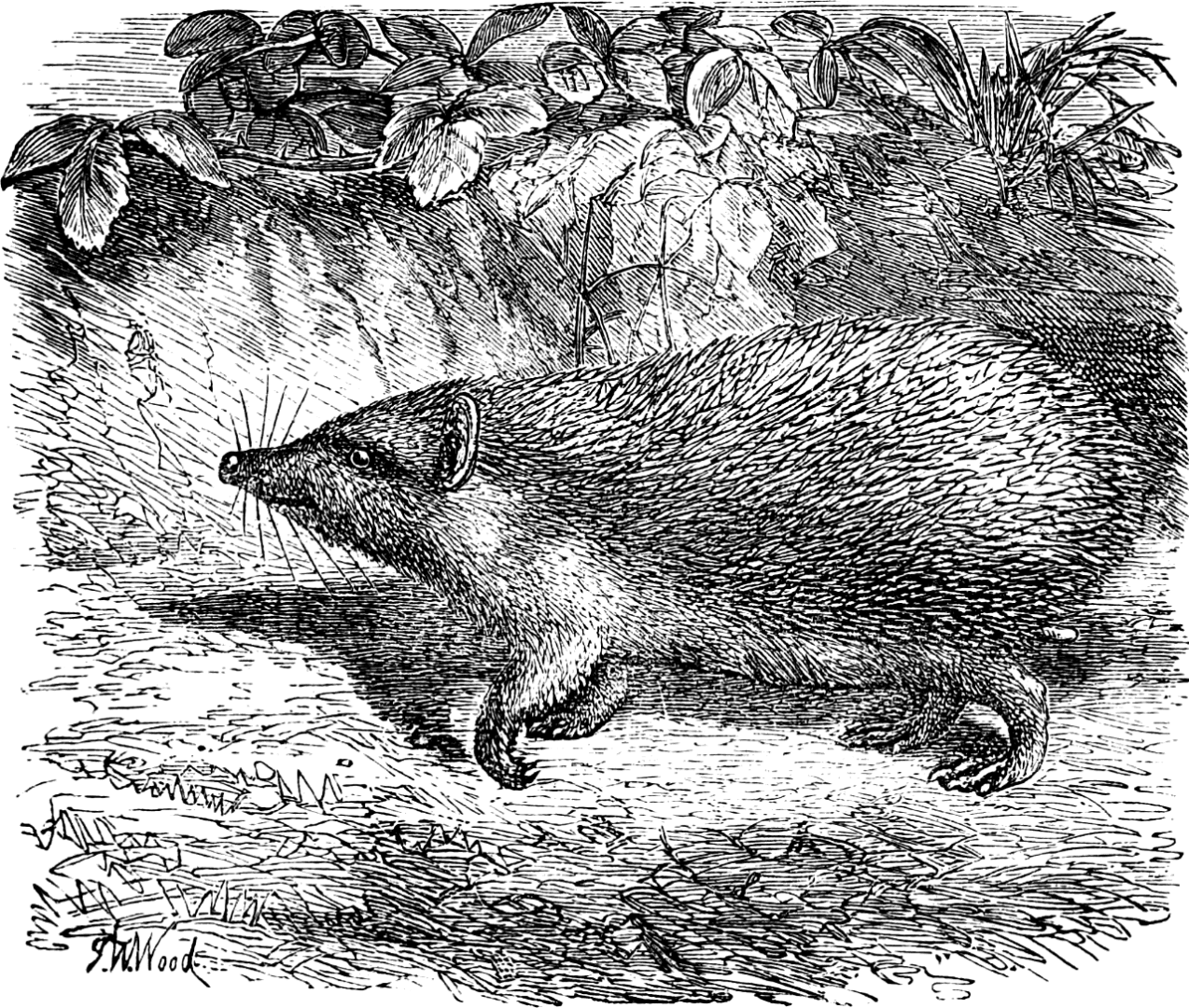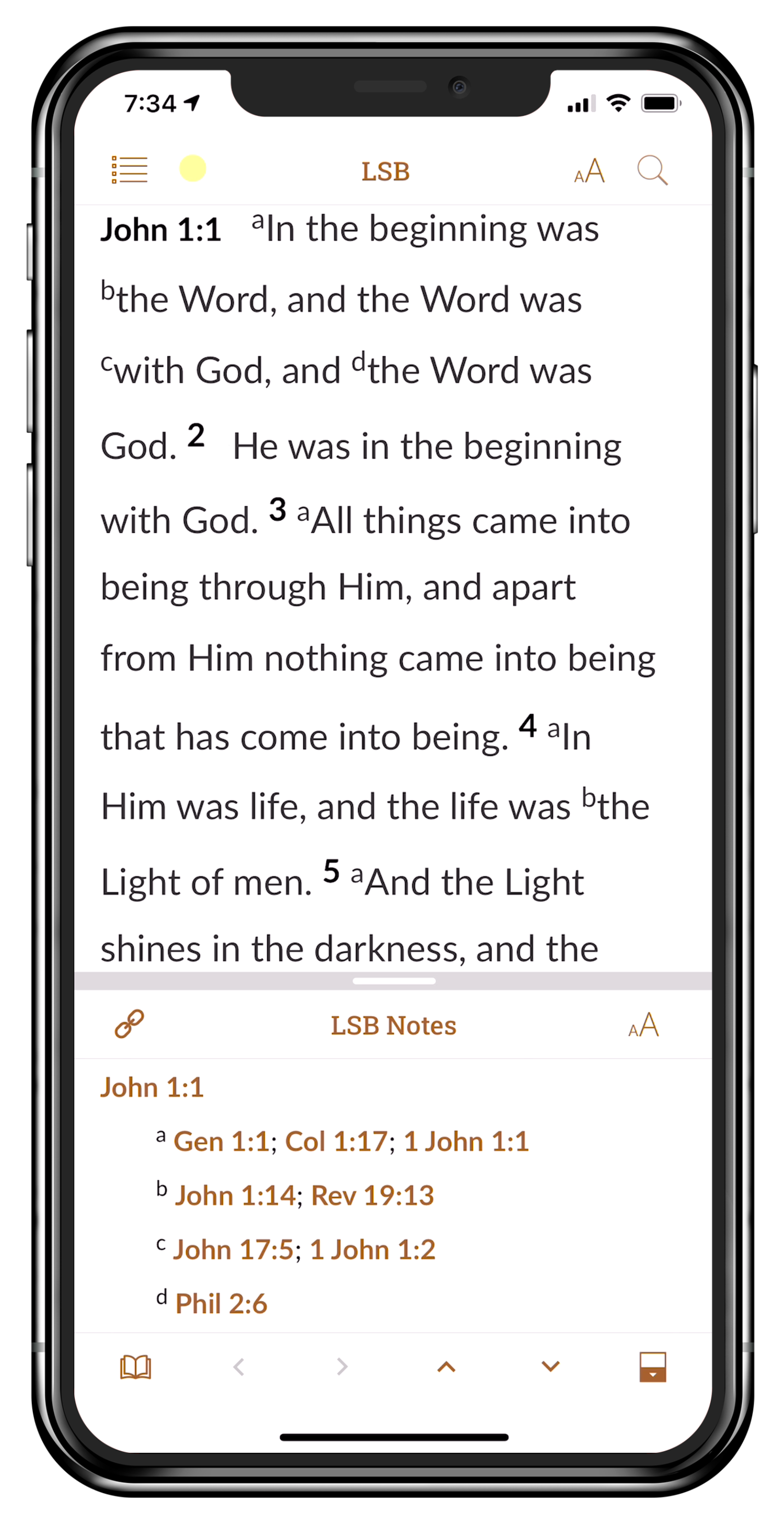Do you ever wonder why certain words are translated the way they are? So do we! We hope you find this information that first appeared in the Facebook group helpful.
A recent exchange questioned the use of “hedgehog” in the LSB. The reader asked,
At Is 14:23 the LSB translates qipppod as “hedgehog”. Most translations have it [hedgehog] (RSV, NRSV, ESV, LEB, LSV, ISV, NASB, etc.). While NCV, HCSB, NIV and BSB have “owls”. NET and CEV just gloss it over with “wild animals”. ASV, TLB, NLT, and NKJV have “porcupine”. AMP did a different gloss with “hedgehog and porcupine”. It seems all of these were choices made based upon lexical data for what the word might mean. KJV used the term “bittern”, and that word is still in use today. It is a small heron native to Israel and many other places. And the CSB translates it as “herons”, following the KJV translators’ observation. It makes sense in the context. Swampland. “hedgehogs” don’t live in swampland – they live in grasslands, hedgerows, and woodland borders. It threw me off when I was reading my LSB to see “hedgehog” in the context. The context is clearly swampland. Hedgehogs don’t live in swamplands. And it’s implied that it’s a negative thing – Hedgehogs are a net positive critter the keeps the insect population in check in your garden if you are lucky to have one visiting. And owls typically don’t nest in swampland. My first thought was, it should be translated skunk. A creature that actually lives in swampland and native in Israel. And is perceived as a negative for humans. But there is some lexical evidence that a bird might be in view from the little I’ve read on it. And that’s why the KJV and CSB went with a heron – a heron native to Israel that loves swampland. I am curious as to why the LSB translators went with something it couldn’t have been in the context?
Dr. Abner Chou, President of the Master’s University and a member of the LSB translation team replied. He said,
This is a great question – I remember doing a lot of work on working on which animal is which (and which tree is which too…) – really tricky to be sure but really edifying. Translators have to get into botany and zoology, something I often didn’t think about before the project.
In any case, from a lexicographic standpoint, hedgehog has some sound footing given extra-biblical data and cognate languages (Syriac and Arabic). The reason for the alternatives is not because of external linguistic evidence but internal contextual evidence (as was mentioned).
However, if we abide by the external data, the internal actually makes a lot of sense and (in my mind) is very powerful. What we have is a merismus, parallelism of completion, like Jew and Gentile or heaven and earth. What is prophesied in Isa 14 and other places involving our friendly hedgehog is that God will destroy Babylon so severely that it will be the ultimate wasteland – the intersection of swamps where there might be pelicans (cf. Isa 34:11) and overgrown woodlands where hedgehogs thrive. No part of it is arable or usable; and in total it is the combination of every kind of wasteland and destruction showing the fullness of God’s judgment. Notice that in the text, it does not state that the hedgehog lives in the swamps but rather that Babylon is the possession of both of these entities, putting them in parallel as opposed to putting them together per se.If you look at Isa 34:11 this will be paralleled by owl and raven, another merismus. Owls are predators and ravens are scavengers – death will reign over this land. The same idea here with hedgehogs and swamps.
Hope that helps.








